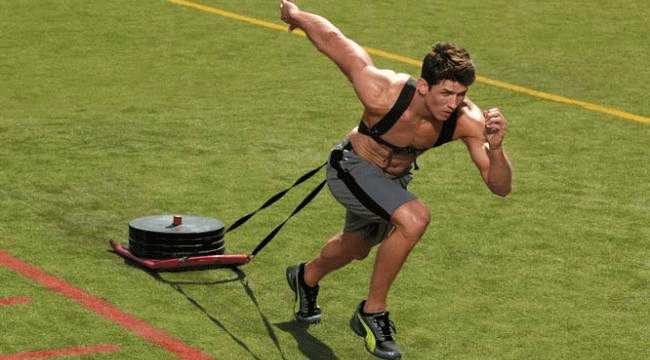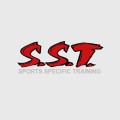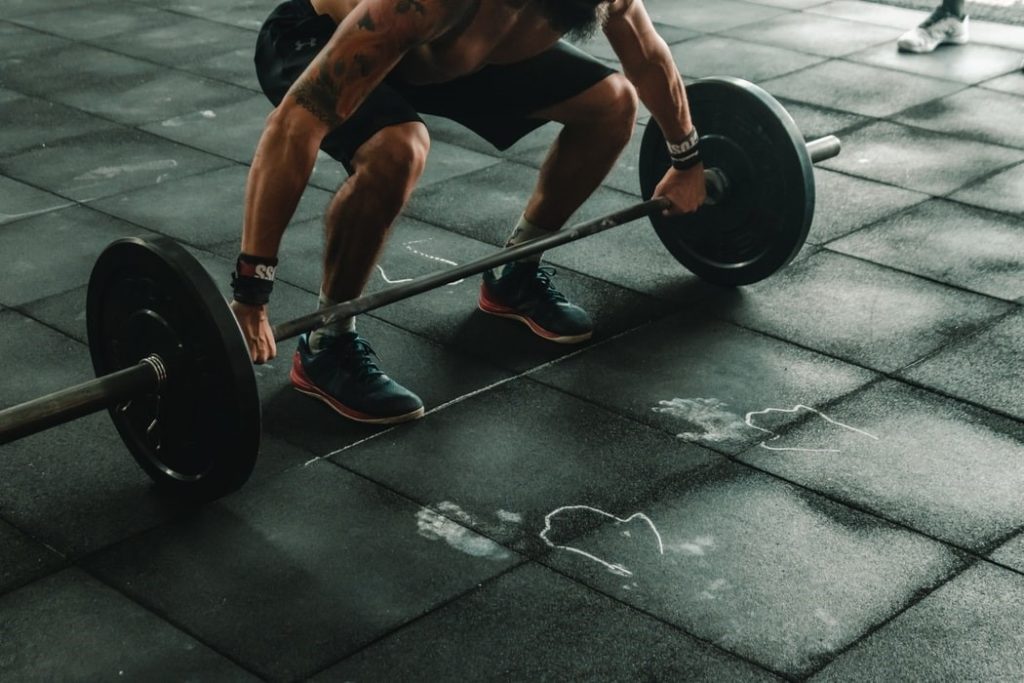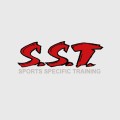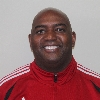
Athletic conditioning for sport is one of the most misunderstood areas of strength and conditioning by athletes, parents, and sport coaches. A large amount in this population still believe team sport athletes need to do long duration steady-state cardiovascular exercise to be ready to compete at the highest level. In this blog my hope is to help you understand and explain the needs and demands for team sport athletes and convince you that most of this thinking on conditioning for athletes is sub-optimal for performance.
The reason why this thinking is wrong is that it goes against one of the oldest principles in strength and conditioning training which is the SAID principle or Specific Adaptations to Imposed Demands. Which really means the body adapts to the demands we inherently place on it, so to improve for our sport we need to mimic the demands that our imposed by our sporting environment. So, when we start to think about our team sport athletes, and the demands of their sport, do they ever sub maximally jog for long periods at a steady state? Is there ever period where they are not actively assessing their environment to make decisions? The answer to these questions should be a resounding NO! Team sport athletes are constantly changing direction, sprinting, accelerating, decelerating at ever changing velocities, angles and speeds. Whether it be soccer, football, lacrosse, ice-hockey, field hockey, and the list goes on, these athletes rarely even sub-maximally jog and if they do it is in a recovery period to get back to position, off the sidelines etc. So, you should understand now that steady-state cardiovascular exercise isn’t specific to any of our team sport athletes, or any of our speed or power athletes in general (besides our cross-country, triathletes and other endurance sport athletes).
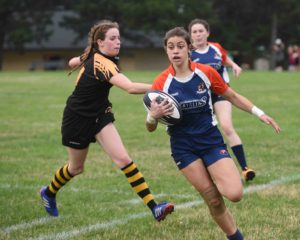
When thinking about conditioning for our athletes we need to think about the demands of their sport. The best way for athletes to condition and get ready for the demands of their season is through playing their sport. This should be something their sport coaches incorporate in their practices to help get them ready for the demands of the season. When working with our athletes we like to look at the work to rest ratios that are commonly used in their sports and use these to program their conditioning and workouts. Some sports may use a variety of work to rest ratios (soccer is a good example here) so making sure throughout their program they are targeting these different energy systems to maximize sport performance is important to us. This is where for most team sport athletes interval training can be a great tool to help target these energy systems (by manipulating work to rest ratios), as we can help to target the demands needed for their sport based on their position as well.
New Rules for Sport Conditioning
- Practice you sport at game intensity and speed
- Use interval training and work:rest ratios that best represent the demands
- Target different energy systems at different points to maximize development
Email Bskinner@sstcanada.com for a complimentary demo session to learn more about the demands for your sport and for us to help you get in the best shape possible to perform at your best!

